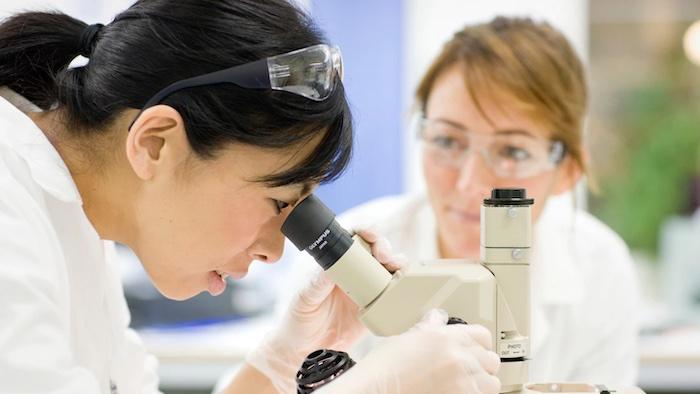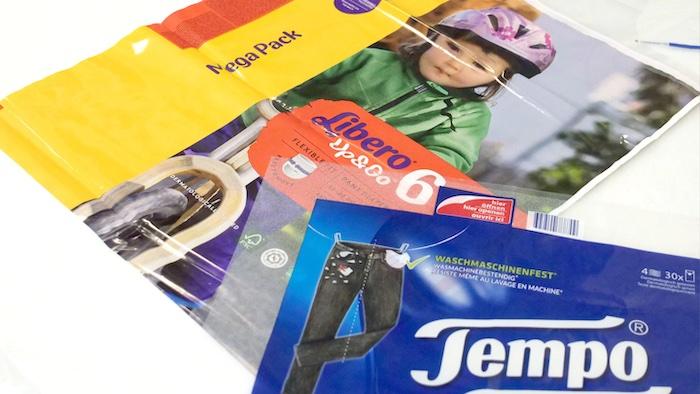Essity's Journey to Net Zero: Zero Production Waste
Originally published on Essity.com
Zero production waste
Essity works actively to turn production waste into a valuable resource with the target to reach zero production waste by 2030.
Our production process generates waste in the form of ash, sludge, organic waste and plastic, particularly when recycled fiber is used as input goods. Our production sites work to reduce and find alternative solutions for waste. By reducing the amount waste sent to landfill and instead recycling waste or extracting energy from it, we reduce greenhouse gas emissions. In 2021, 64% of our production waste was recovered.
Converting waste into valuable resources
At Essity, we are working with specialists to convert the sludge and plastic rejects from our process into circular solutions such as fiber, energy, animal bedding and plastic packaging. Looking toward 2050, we will develop efficient ways to roll out these technologies on a larger scale.
Our calls for action to policymakers
We need policymakers to support the green transition by:
-
Supporting innovative tools that solve effective recovery of production waste.
-
Promoting well-functioning markets for secondary raw materials.
Less waste after use
Emissions from the disposal of products account for around one fourth of our total greenhouse gas footprint. We take action to reduce waste after use through our packaging commitments and by innovating recycling processes to create new life after use.
The greenhouse gas footprint from the waste after use is primarily driven by emissions from the incineration of plastic after use and products being sent to landfill. In addition to designing reusable products or products made from renewable and recycled materials, Essity focuses on improving recyclability and investing in circularity after use.
Improving recyclability
We have committed to making 100% of our packaging technically recyclable by 2025. This means that we are improving packaging design to reduce the use of materials and facilitating recycling using existing infrastructures. In 2021, 81% of our total packaging and 73% of our plastic packaging were recyclable.
Investing in circularity after use
To reduce waste and create new uses for materials included in our products and packaging, we develop innovative solutions to reduce consumption as well as new business models for recycling. For example, to reduce waste, we offer compostable tissue products and the Tork PaperCircle recycling service has been expanded to ten markets. To address plastic recycling, Essity joined the HolyGrail 2.0 initiative in 2021, which uses a digital watermark to improve sorting and increase the recycling rate of plastic packaging in the EU.
Working together for systematic change
As part of our contribution to the transition to a circular society, Essity has been a member of the Ellen MacArthur Foundation since 2018. We are a signatory of the EMF New Plastic Economy, the purpose of which is to ensure that plastics never become waste.
Our commitment includes the following:
-
Take action to eliminate unnecessary plastic packaging.
-
Review reuse models where relevant.
-
Make 100% of plastic packaging recyclable by 2025.
-
Use 25% recycled plastics by 2025.
Our calls for action to policymakers.
We need policymakers to support the green transition by:
-
Promoting well-functioning collection and waste systems to contribute to increased recycling, composting or incineration.
-
Introducing harmonized labelling to help consumers dispose of products properly.
-
Facilitating collection of separate waste streams to promote circular services such as Tork PaperCircle.



